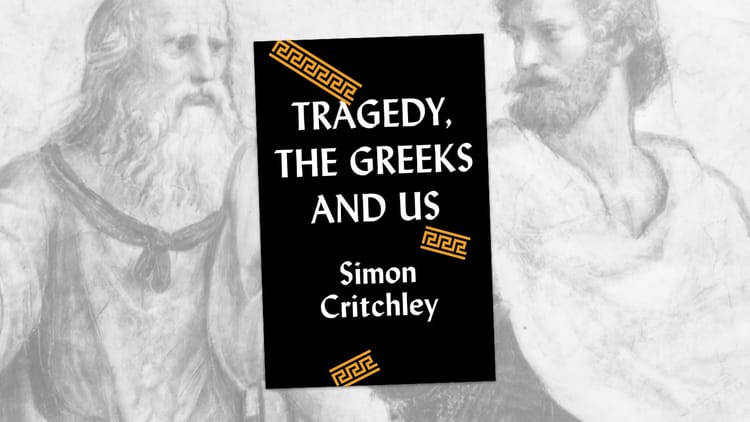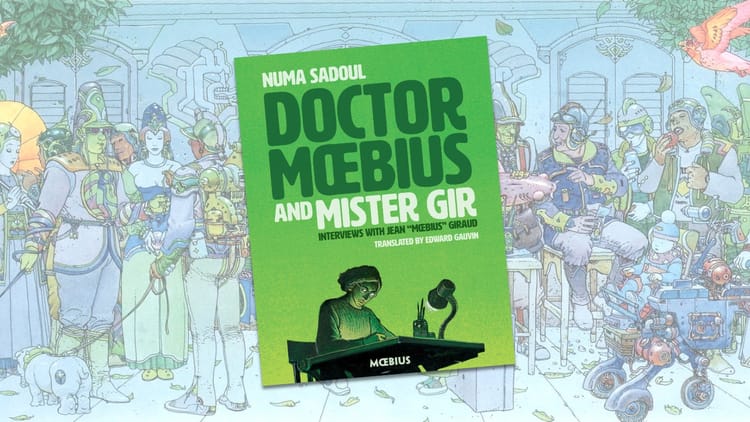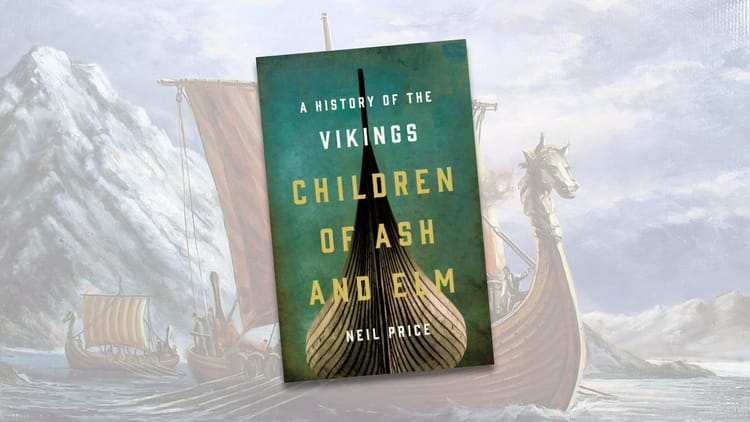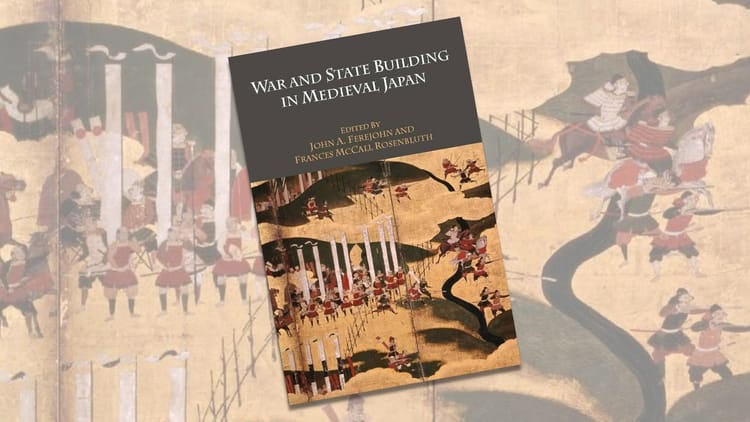The Mongol Invasions of Japan 1274 and 1281
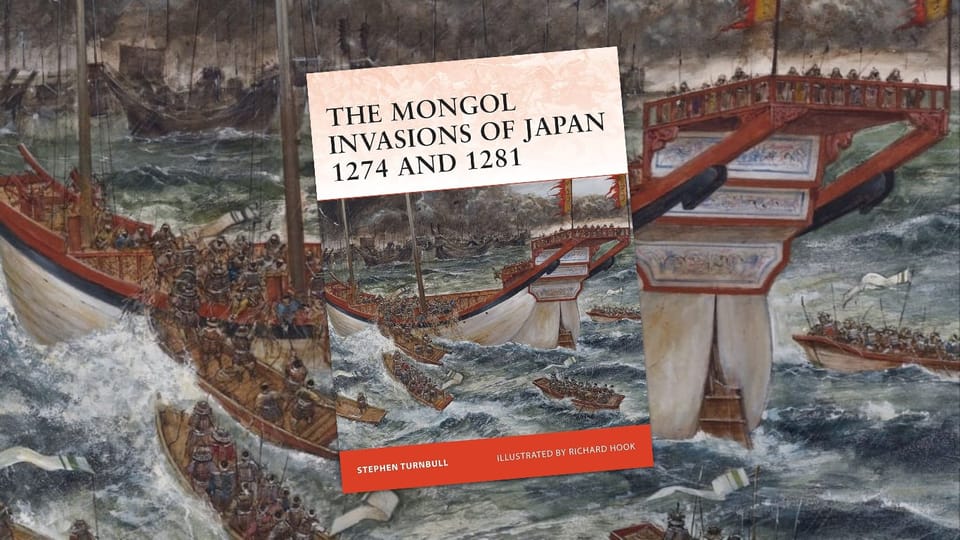
The Mongol Invasions of Japan 1274 and 1281
Stehen Turnbull’s The Mongol Invasions of Japan 1274 and 1281 is all about the bloody chaos of the Mongol invasions of Japan, right? Two big hits, 1274 and 1281. And yeah, these aren’t your run-of-the-mill skirmishes, folks. Turnbull’s doing his homework, pulling from all kinds of sources. He’s got the Hachiman Gudokan—this old-school piece that’s basically a “pay me” note for samurai after they sliced and diced the invaders. Then you’ve got the Mōko Shūrai Ekotoba scrolls, painted by some ambitious samurai named Takezaki Suenaga. This guy’s out here, literally drawing himself into history to make sure he gets his due.
Now let’s talk Mongols, led by none other than Khubilai Khan. Yeah, THAT Khubilai—ruler of China, conqueror of Korea, big-time boss. The guy was on a roll, smashing through kingdoms like a hot knife through butter. But then he set his sights on Japan, just a hop across the Tsushima Straits. And here’s the kicker—the Mongols were untouchable on land, but on water? Not so much. They’re not sailors, so they bring in the Koreans and Chinese to handle the fleet. Yeah, it’s a patchwork operation, but Khubilai’s too busy conquering to care. He wants Japan, period.
So, 1274 rolls around. The Mongols show up with about 3,600 guys, while Japan throws 6,000 samurai in their path. Here’s where it gets gnarly. The Mongols? They brought freaking bombs—exploding, gunpowder-filled nightmares. Imagine the samurai, all decked out in their fancy leather and metal armor, watching these things go off. It’s a whole new level of warfare for them. But get this: the invasion only lasts a day. A day! Turnbull figures this was more like a “testing the waters” situation, not a full-blown war. The Mongols take a beating, lose a third of their guys, and haul ass back to Korea, tail between their legs. And yeah, nature played a part—storm blows in, wrecks their fleet. Bad day to be a Mongol.
But Khubilai? He’s not done. Seven years later, 1281, he’s back, bigger and badder. This time, he’s throwing around insane numbers—600 ships, maybe 140,000 troops? C’mon, who’s counting at this point? The Japanese know what’s coming. They’ve had time to build walls around Hakata Bay, so when the Mongols roll up, it’s not the easy pickings they expected. Instead of hitting the beach, the invaders are stuck on these tiny islands in the bay, making lame attempts to launch raids. But then, boom—typhoon. And we’re not talking a light breeze here. This sucker slams the Mongol fleet, wipes them out. Enter the legend of the kamikaze—the divine wind that saved Japan. And let me tell you, this myth is gonna stick around for a few centuries.
Now, Turnbull doesn’t just focus on the battles. He’s all about the people in the trenches—Hōjō Tokimune, the regent of Japan, the big shot organizing the defense. Then you’ve got the shugo (constables) and jito (stewards) playing their part. The Mongols? Khubilai’s at the top, sure, but Turnbull’s a little light on details about the other commanders. He throws out a few names, but there’s not a lot of meat on those bones. The focus is squarely on the samurai, and honestly, that’s where the heart of the story is.
The weapons, the tactics, the armor—Turnbull breaks it all down. The Mongols are all about infantry, archers, and explosives, while the samurai are out here with bows and lighter armor, making them fast and lethal. Turnbull’s deep dive into how the two sides fought is where the book really shines. He’s not just telling you what happened; he’s showing you how it all went down, blow by blow.
And when the dust settles, Turnbull doesn’t just leave you hanging. He goes into the aftermath—the rise of the kamikaze myth, the religious undertones with Shintoism and Buddhism, and how these events shaped Japan’s psyche for years to come. He even throws in a bit about the modern landscape of the battlefields, which is pretty cool if you’re thinking about visiting.
The whole package? It’s classic Turnbull, man. The guy knows his stuff, and the book is loaded with maps, photos, period art, and killer illustrations by Richard Hook. Every page pulls you deeper into the chaos, the strategy, and the sheer madness of these invasions.
Bottom line? This book’s a ride. Turnbull’s not just giving you history—he’s telling a damn good story, with all the blood, sweat, and guts you’d expect from one of the most pivotal moments in Japanese history. It’s a must-read for anyone who digs samurai, Mongols, or just a solid underdog story where the little guy—helped by a little divine intervention—kicks some serious ass.


